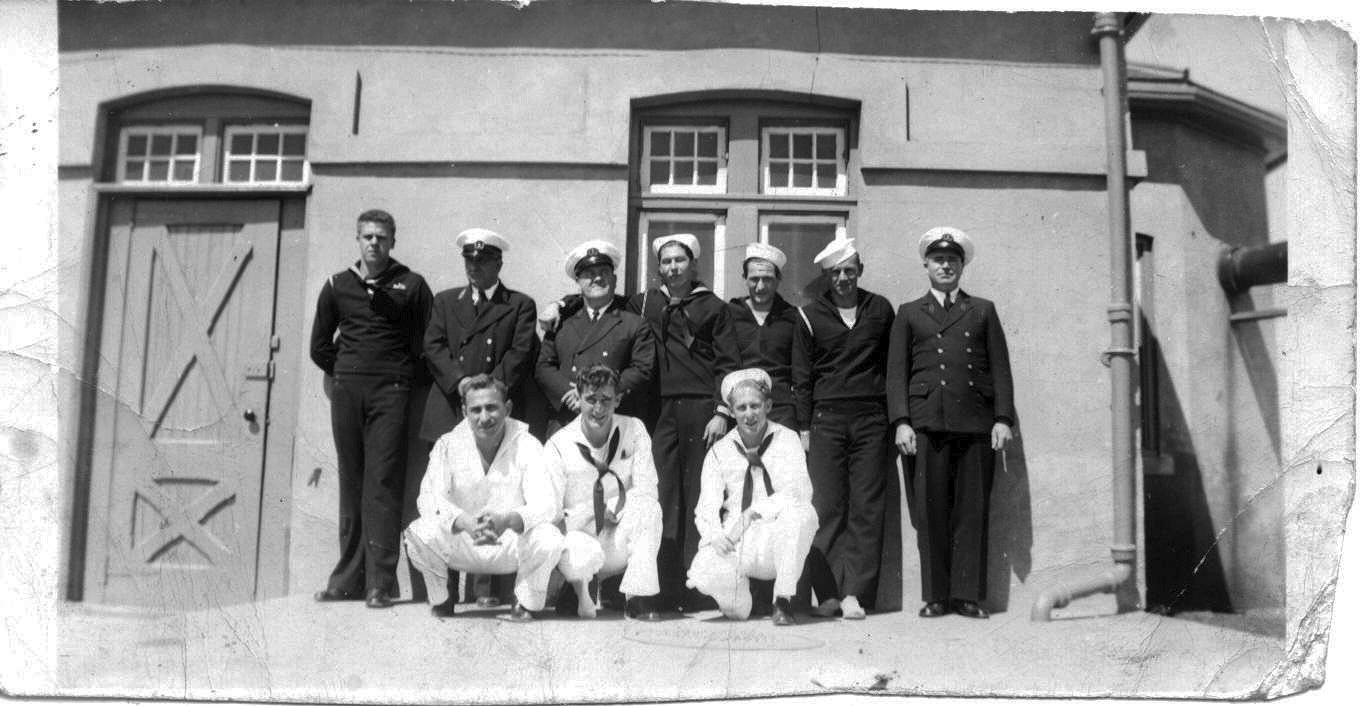
Staff Sergeant Arthur M. Dunne (1916-2009), a World War II veteran, first came to East Hampton in June 1942, the day after the Nazi saboteurs landed in Amagansett. The next month he was assigned to Montauk to install and operate a radar tower at the Montauk Point Lighthouse. By this time, the Coast Guard had already taken over the watch at the lighthouse and relieved civilian lighthouse keepers of their duties.
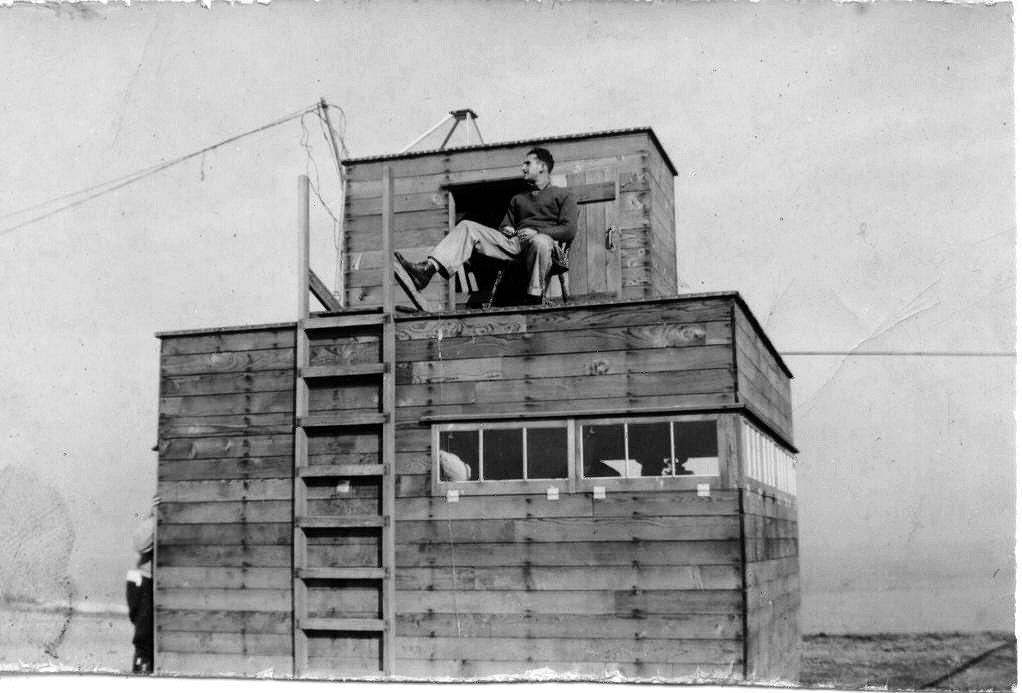
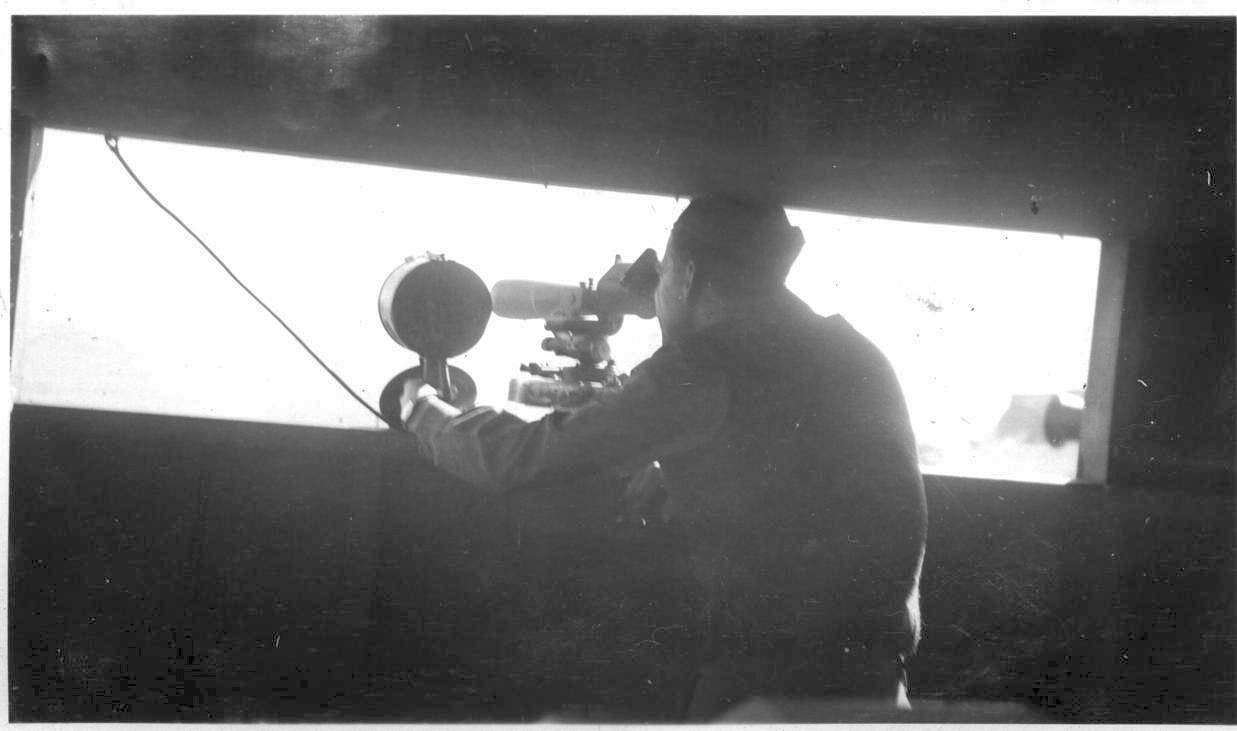
The Army soon occupied the lighthouse and over 468 acres of adjoining land to establish a Harbor Defense System as part of the Eastern Coastal Defense Shield.
The Montauk Station was a “very important station” and the standing orders were to self-destruct in case of an enemy land invasion. “I always wondered whether I’d do it,” mused Arthur Dunne in an interview with Jack Graves for the East Hampton Star in 1977.
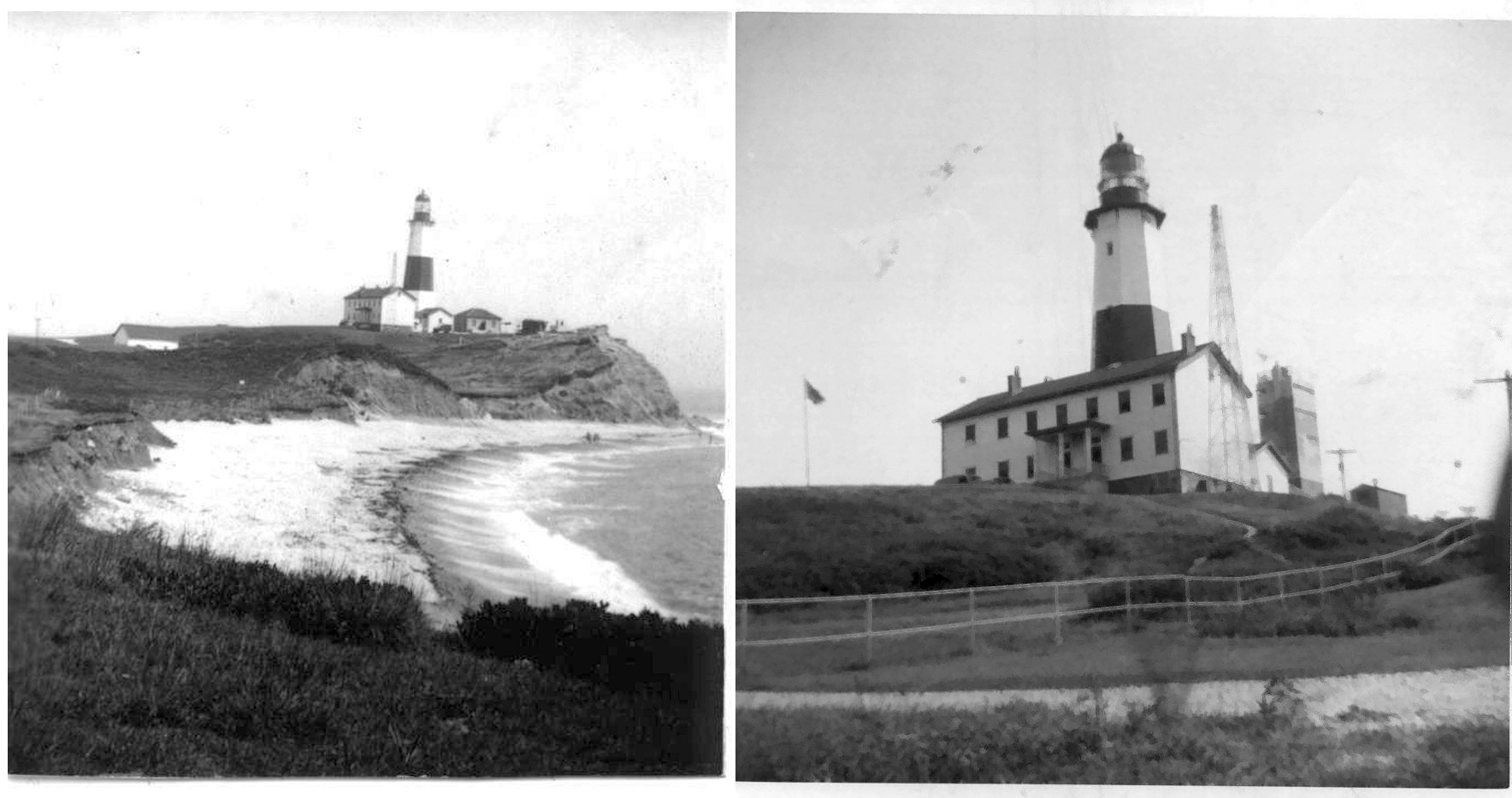
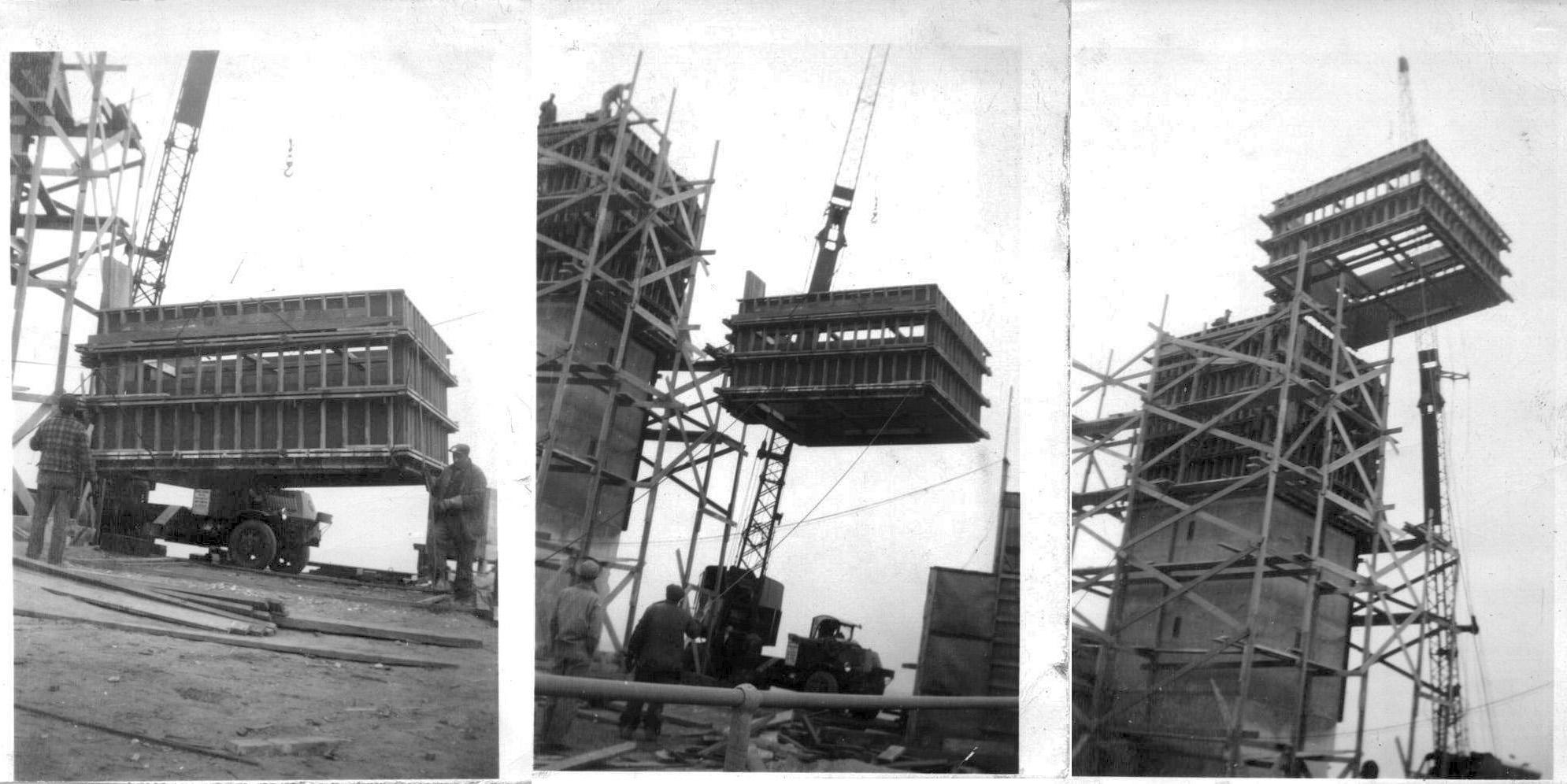
Part of their assignment at the lighthouse included building the artillery fire control tower, a six-story fire control station, equipped with two telescopes and highly-sensitive equipment used for “harbor patrol and detection of surface craft and low-flying planes” explained Dunne in Living on the Edge: Life at the Montauk Point Lighthouse 1930-1945.
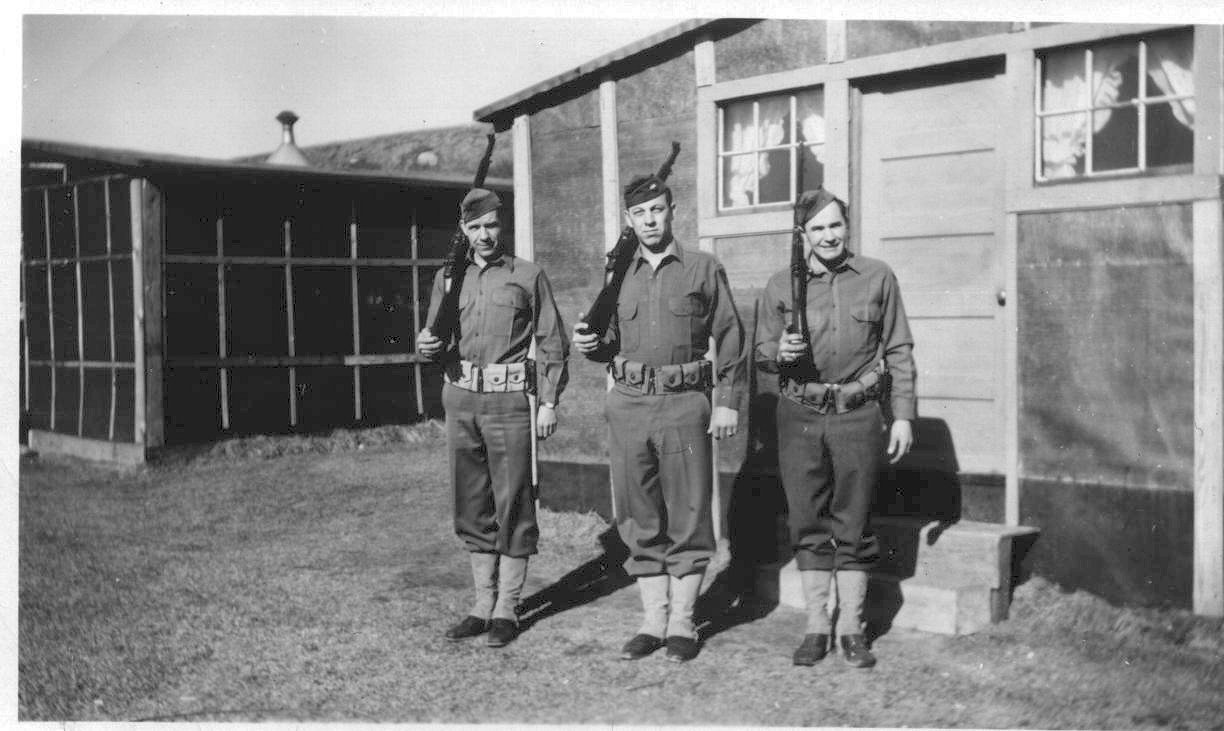
The soldiers under his command were given 33 cents a day for food. To supplement their rations they “shot deer, stole potatoes, and accepted provisions from old-timers to get by” recollected Dunne in 1977. In a later interview with Henry Osmers in 2008, Dunne recalled “Our unit was completely separate from the military at Camp Hero. As a matter of fact, there was no record of me being out there at all. The radar operation was top secret.”

While, at the time, there may not have been any record of his being in Montauk or the secretive lighthouse occupation, Arthur Dunne was creating his own records by covertly capturing life at the point in a series of black-and-white photographs. The photographic collection documents the military occupation at the lighthouse and the construction of the fire control tower, peppered with playful photographs of soldiers posing in the snow and on the beach. The series shines a light on the soldiers stationed at the lighthouse, while many of the more humorous photographs, like the one below, offer a sense of whimsy to complement the significant nature of their assignment.
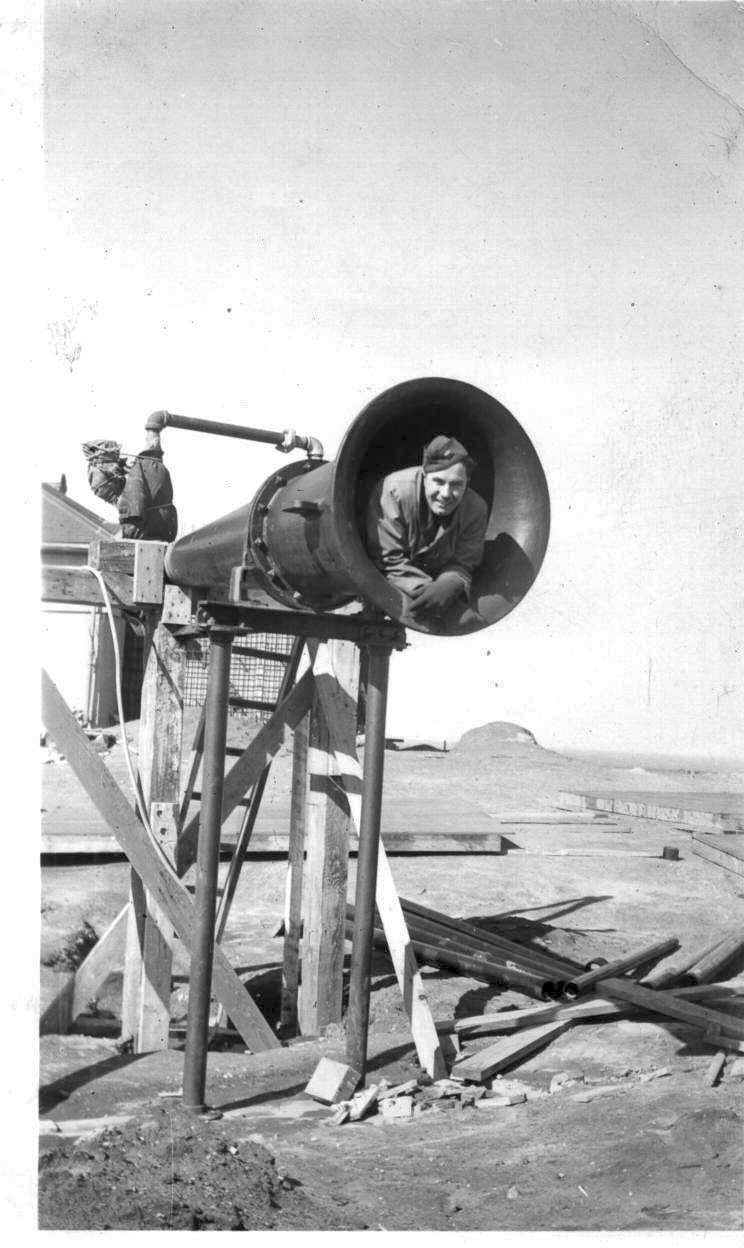
Click here to view the full collection on New York Heritage Digital Collections.

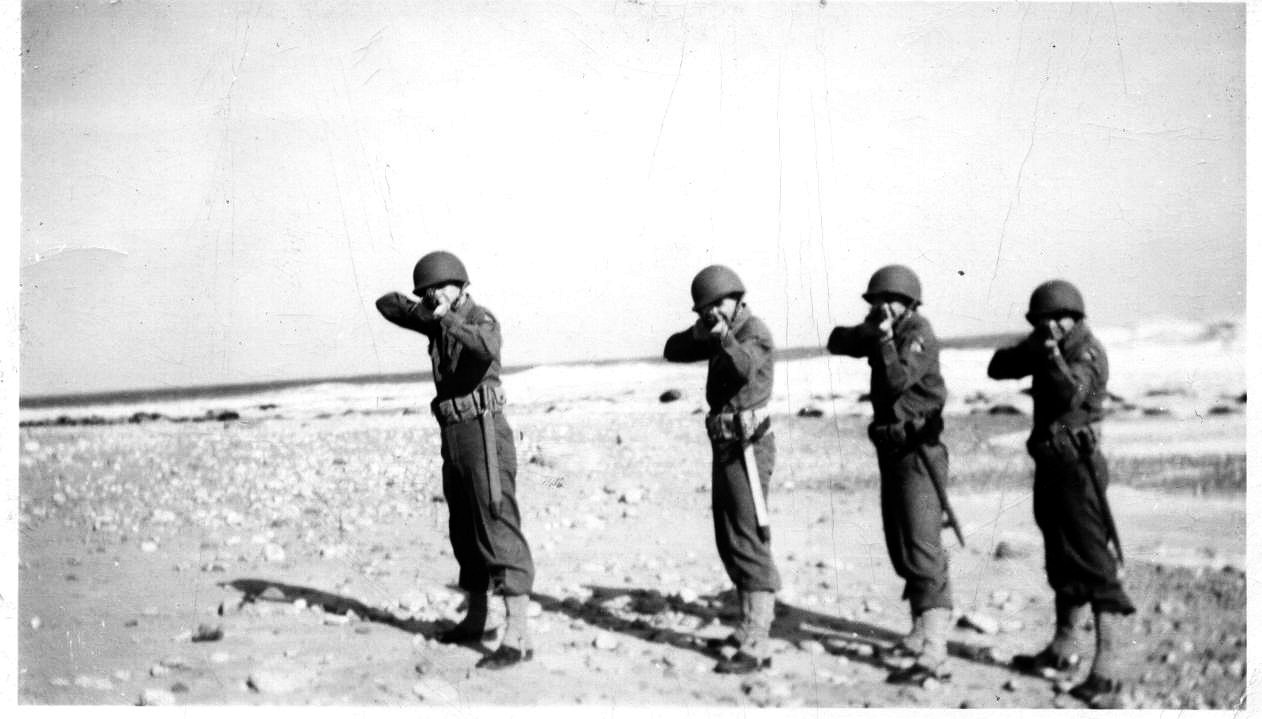
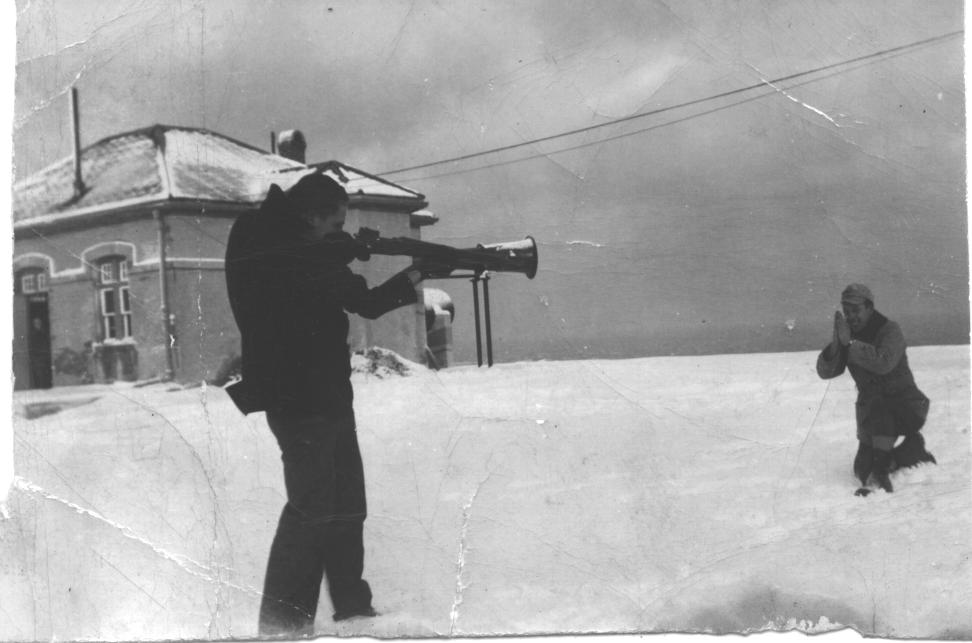
Reply or Comment